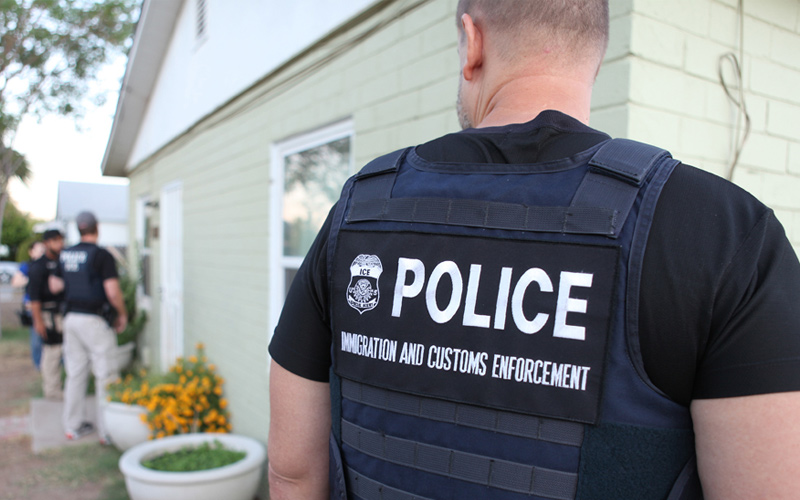On September 30, Department of Homeland Security (DHS) Secretary Alejandro Mayorkas issued the long-awaited new set of enforcement priorities, entitled “Guidelines for the Enforcement of Civil Immigration Laws.” The guidelines, which will go into effect on November 29, 2021, will replace the February 18 interim enforcement priorities memo issued to U.S. Immigration Customs Enforcement (ICE), as well as initial interim guidelines issued on January 20, 2021.
The new memo applies to ICE, U.S. Customs and Border Protection (CBP), U.S. Citizenship and Immigration Services (USCIS), and the Office for Civil Rights and Civil Liberties and begins with affirming the basis for DHS’ authority to exercise prosecutorial discretion.
What the September 30 Enforcement Guidance Covers
While the new memo makes some meaningful changes from the previous iterations of the enforcement priorities memos, it still embraces the framework of prioritizing groups of people for enforcement, rather than identifying groups of people to prioritize for protection, as many advocates have called for.
There are some significant changes from the previous memos. One overarching change is that this memo only applies to decisions regarding who to apprehend and remove, and not who should be detained or released from detention.
This memo also made clear that there are no categorical bars to the exercise of prosecutorial discretion, and that every decision on whether someone should be considered a priority for enforcement or given prosecutorial discretion should be weighed on an individual basis.
Who Are Enforcement Priorities Under the New Guidance?
The memo provides ICE agents with guidelines on three categories of enforcement priorities. The new guidelines direct ICE to focus resources on people who would be considered priorities for enforcement under these three categories:
- National Security. The first category—left largely unchanged from the previous memos— includes anyone who is accused of or suspected of engaging in terrorism or espionage.
- Public Safety: The second category, which includes anyone whom ICE finds to be a “threat to public safety,” had some key changes. Previously, this category applied to anyone who had been convicted of an aggravated felony and was deemed to currently be a risk to public safety. This categorical approach to anyone with certain convictions was widely criticized by advocates for failing to consider the equities in individual cases. In the updated memo, that approach has been replaced with a non-exhaustive list of mitigating and aggravating factors that should be considered by ICE agents in determining whether discretion should be exercised.
- Border Security. The third category prioritizes anyone who entered or attempted to enter the United States after November 1, 2020. However, there is additional language in the new memo that allows for exceptions to making everyone in this group an enforcement priority.
The new enforcement priorities guidance also includes important language directing DHS to not target anyone for enforcement based on their exercising of their civil rights, worker rights, or first amendment rights. These are welcome reminders of the department’s obligations to enforce immigration laws fairly and equitably.
While avoiding the approach of categorically excluding groups of people from benefitting from discretion is a positive step, the guidance also leaves an enormous amount of discretion with individual deportation officers and field offices, and it will require meaningful accountability to be successful. History suggests that this discretion may not be exercised fairly or justly.
 The American Immigration Council is a non-profit, non-partisan organization.
The American Immigration Council is a non-profit, non-partisan organization. 


